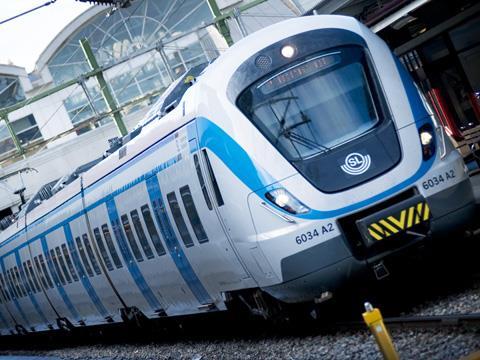
Wheel-rail interaction is the predominant source of noise emissions from rail operations at conventional speeds. This combines rolling noise and impact noise generated by roughness on the wheel and rail surfaces with squeal noise generated by tangential interaction.
Working in the Division of Applied Accoustics at Chalmers University of Technology, Astrid Pieringer has attempted to develop a combined prediction model for these three types of wheel-rail noise which could be used as a design tool for noise reduction. The model combines both two-dimensional and 3D models, taking into account Hertzian and transient effects
The book is an extended version of Pieringer's thesis, prepared over the past five years as part of a government-supported programme of research into railway noise. After reviewing the concepts for modelling wheel-rail interaction, the book considers the implementation of a model based on a time domain. The next section looks at validation and verification methods, and the following chapter at possible applications.
ISBN 978-91-7385-523-5
Department of Civil & Environmental Engineering, Chalmers University of Technology, SE-412 96 Göteborg, Sweden

















